Hijra Bank’s year-end financial report for last year reveals a noteworthy leap in profitability, with a net profit climbing more than four times its previous year’s record. Industry observers, aware that a relatively small baseline can inflate year-on-year gains, nevertheless see evidence of progress in cost containment and resource mobilisation.
In its financial year 2023/24, Hijra Bank posted a profit after tax of a little over 100 million Br. Its net profit margin on total assets reached 1.23pc, up from 0.37pc, a mark of rising efficiency. Despite trailing the longer-standing industry benchmark of closer to 2.4pc or 2.6pc in return on average assets, its performance represents the promise and the problems confronting a newcomer working within fast-evolving regulatory constraints.
According to Dawit Keno, the bank's president, financial inclusion in the interest-free banking sector is an untapped market, a factor that helped drive the Bank’s 29.5pc deposit growth. He believes Hijra has built trust in rural enclaves by offering Sharia-compliant services and promoting awareness in communities that had not used banking channels. Dawit attributed the Bank’s profitability to its short-term financing offerings and disciplined cost optimisation, even as the credit cap introduced by regulators forced his management to innovate to sustain growth.
Hijra’s assets reached 8.182 billion Br, a jump of over 30pc that surpassed many competitors, no small feat in an environment where tighter monetary policy and rising interest rates have forced banks to refine their lending strategies.
Hijra Bank expanded its loan book to 3.38 billion Br, about 42pc of total assets. While this loan-to-asset ratio remains conservative relative to some established private banks that operate closer to two-thirds, it showed its executives' appetite for balanced risk. Deposits rose by nearly 30pc to 6.279 billion Br, lifting the loan-to-deposit ratio to below 54pc, a moderate size considering the Bank’s capacity to deploy more funds into loans once regulations allow.
The Bank relies heavily on net interest income, which makes up 64.9pc of total revenue. That concentration echoes industry-wide norms, where conventional lending products remain the principal driver of bank profits.
Fee-based services contributed 203.4 million Br to the Bank’s bottom line and, together with new digital initiatives, could help diversify revenue streams in the coming years. Its interest expense is roughly 18.4pc of total costs, well below the 40pc-plus range standard in many rival banks, unveiling that wage, benefit and administrative costs remain Hijra’s main expenditures. More than 80pc of total expenses go toward day-to-day operational outlays, with personnel costs alone consuming 374 million Br, or 61pc of operating costs.
Inflationary pressures notwithstanding, the Bank’s cost-to-income ratio was 86.8pc, revealing room for improvement. Yet, its management is pressing ahead. Operating expenses jumped by 60pc to 615 million Br as the Bank scaled up its workforce to 1,635 employees, a 32pc increase.
Branch expansion has been a key driver behind that hiring spree. Hijra now operates 100 branches, 77 of them outside Addis Abeba, as part of an effort to capture unbanked segments and spur deposit growth. A newly launched Sharia-compliant mobile wallet, "HalalPay" is viewed by executives as another milestone in the Bank’s quest for a broader customer base. Dawit believes bridging knowledge gaps— among employees and clients — is essential.
"If staff are well-versed in technology and Sharia-compliant finance," he argues, "They can bolster customer awareness and retention."
Nesredin Mohammed manages a branch near Olympia where he sees an opportunity to lure more exporters, though he also saw regional instability as a constraint on expansion.
Hijra’s ability to carve out market space while keeping non-performing loans contained at around three percent of its financing portfolio is no small achievement. Nevertheless, it faces the same pressures as all newer banks, which are wary of growing too fast or extending credit too aggressively. Shareholders keeping an eye on efficiency also note that Hijra’s profit per employee was above 61,000 Br, below the industry's average.
Mohammed Ali, one of Hijra’s founding shareholders, believes the bank has opened vital pathways for large portions of the unbanked population to access financial services based on Islamic principles. He hopes branch expansion will continue, with a parallel focus on educating potential customers.
Deposit per branch — 62.79 million Br — is also modest compared to the nearly 200 million Br average across the banking industry. However, the industry-wide figure is skewed by larger banks with deeper urban footprints. Hijra Bank's executives say many new accounts are sourced from rural communities that were traditionally excluded from banking because of faith-based concerns over conventional interest-bearing products.
While its financing portfolio grew by 13pc, Hijra relies heavily on Murabaha, a sales contract in which the Bank purchases an asset and resells it to the customer with a profit margin. Dawit acknowledged that critics see Murabaha’s near-total dominance in the financing portfolio as a potential constraint on innovation. However, he argued that it is a safer choice for a financial institution at this stage. Hijra began piloting Musharaka arrangements with two customers this year and plans to expand.
In a Musharaka structure, the bank and the customer jointly invest in a venture and share profits and losses. Dawit conceded it carries a higher risk.
“We’ll keep on expanding it,” he told Fortune. “It’s high risk but advantageous.”
According to Aminu Nuru, a finance expert based in Doha, Qatar, Islamic banks typically wrestle with lower earnings per share (EPS) due to profit-and-loss sharing models, narrower investment opportunities, and higher compliance costs. Yet Hijra Bank has bucked this trend. Its EPS climbed from 24.92 Br to 73.84 Br, a jump he finds particularly impressive considering the constraints of Islamic finance. ZamZam Bank, which entered the market a year earlier, reported an EPS of 5.94 Br.
"Hijra hints at the upside potential of Islamic banking when supported by the right balance of deposit mobilisation and operational efficiency," said Aminu.
Dawit attributed much of Hijra Bank's asset growth, which rose 32pc to 8.18 billion Br, to a remarkable 605pc increase in financial assets and a 308pc surge in non-financial assets. While regulatory ceilings on loan growth limited its expansion to 13pc, Hijra’s operating income shot up 67pc, reaching 708 million Br. Financing and investment income accounted for 459.9 million Br, about 65pc of total income.
Fee and commission income comprised another 203.4 million Br, while foreign exchange valuation gains brought in 10 million Br.
Hijra’s underlying ratios tell the story of a bank that is growing steadily but still staying cautious. Its Return on Assets (ROA) was 1.2pc, while its Return on Equity (ROE) sat at 6.5pc. Cash reserves reached 2.5 billion Br, including 1.73 billion Br deposited with local banks, demonstrating Hijra’s liquidity strength. But, it also unveiled the Bank has not fully utilised available resources. Aminu believes tapping borrowing limits or allocating more capital toward financing could fuel additional growth.
Dawit concurred but insisted deposit mobilisation had to come first.
"The Bank focused on cultivating a deposit culture in communities new to formal finance," he said. "Awareness campaigns conducted last year have started to bear fruit, making it possible now to consider more expansion in lending products."
Dawit, an alumnus of Addis Abeba University, served as vice president for resource and credit management at the state-owned Commercial Bank of Ethiopia (CBE) before helping to found Hijra Bank four years ago, with a subscribed capital of 1.3 billion Br. In the latest reporting period, the Bank’s paid-up capital rose by 17pc to 1.49 billion Br, translating to a capital-to-asset ratio of around 18pc, higher than the 13.5pc average often seen among private banks.
The industry's aggregate capital has topped 290 billion Br, with private banks claiming two-thirds of that share, where the average capital is five times larger than Hijra's. According to financial analysts, the healthy buffer is a precaution against potential shocks in a climate where year-on-year (YoY) inflation, still exceeding 19pc, undermines the real value of lending rates and savings. Yet, Hijra's asset-to-equity ratio was around 5.29, beneath the market average of roughly 7.8.
"Hijra can afford to leverage its capital further, provided it maintains sufficient stability in provisioning and adheres to regulatory parameters," said Aminu.
Equity reached 1.54 billion Br, supported by robust shareholder participation that Dawit sees as critical to meeting future regulatory targets. The Bank’s capital adequacy ratio (CAR) was 37.8pc, well above the required minimum, a sign of strong capitalisation but also a marker of untapped leverage. About 36pc of Hijra’s total assets sit in cash or bank balances, a conservative position that buttresses liquidity but may weigh on returns.
The National Bank of Ethiopia’s (NBE) directive to raise the minimum capital requirement to five billion Birr, however, looms on the horizon as a litmus test of Hijra’s staying power.
“The credit cap required us to adopt innovative solutions to sustain growth within regulatory constraints,” Dawit said.
According to the Board Chairman, Abduselam Kemal, Hijra will concentrate on meeting that threshold while pursuing further branch growth and digital platforms to improve service delivery. Failure to meet the requirement could force a merger, reshaping Hijra’s operations as it has begun to hit its stride.
Nevertheless, Dawit remains confident. He credited the Bank’s 13,000-plus shareholders who have pledged to recapitalise within the year, and he welcomed the possibility of new shareholders in the Middle East, provided they share Hijra’s commitment to Islamic finance.
PUBLISHED ON
Jan 12,2025 [ VOL
25 , NO
1289]
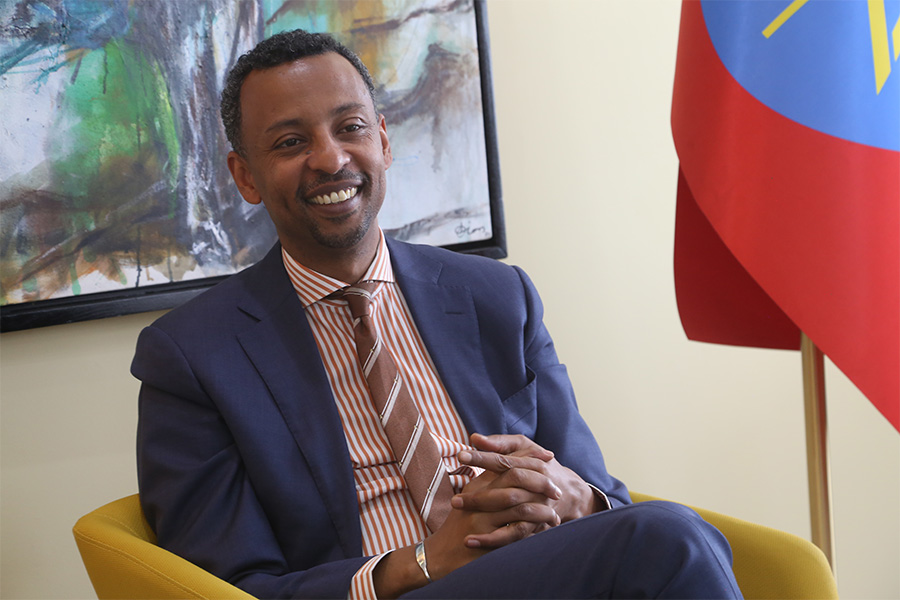
Dec 22 , 2024 . By TIZITA SHEWAFERAW
Charged with transforming colossal state-owned enterprises into modern and competitiv...
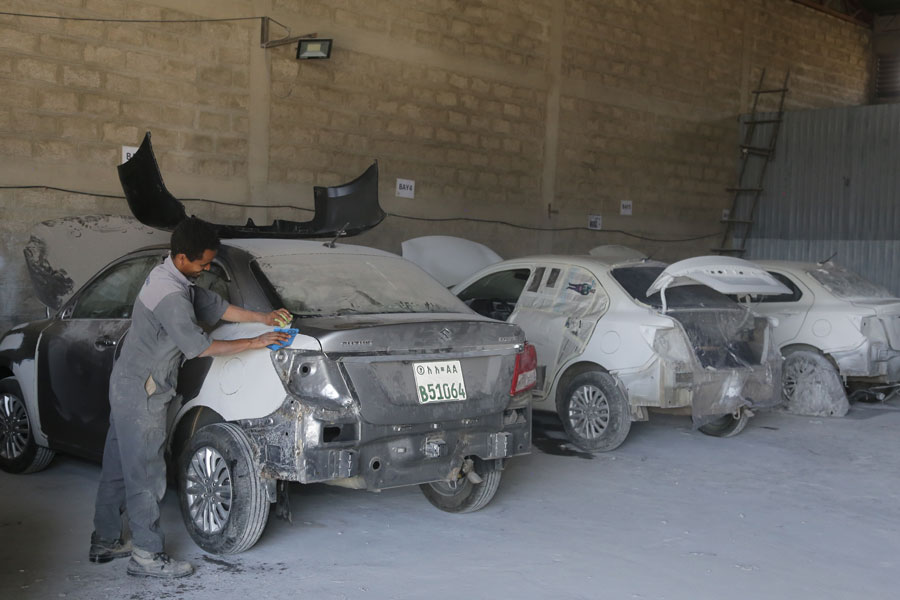
Aug 18 , 2024 . By AKSAH ITALO
Although predictable Yonas Zerihun's job in the ride-hailing service is not immune to...
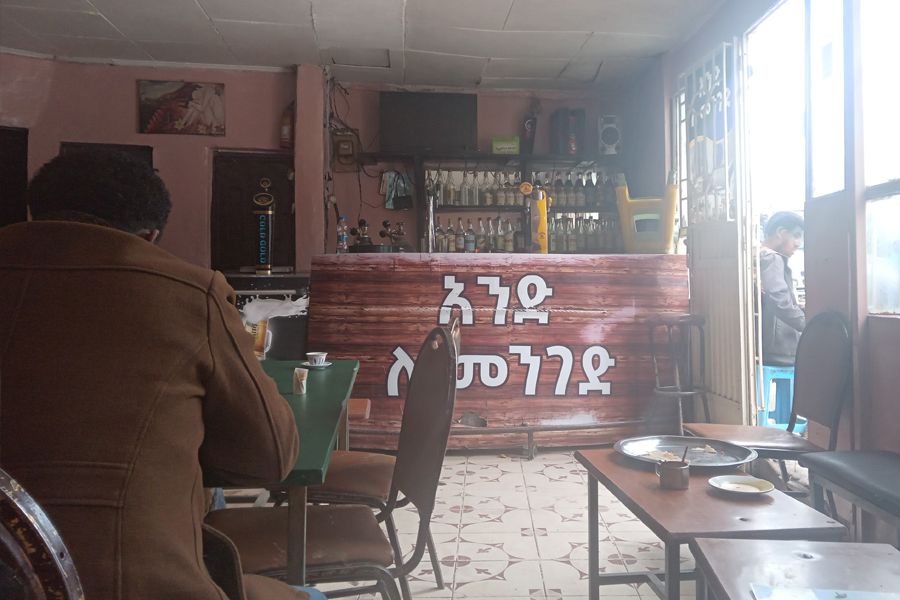
Jul 28 , 2024 . By TIZITA SHEWAFERAW
Unhabitual, perhaps too many, Samuel Gebreyohannes, 38, used to occasionally enjoy a couple of beers at breakfast. However, he recently swit...
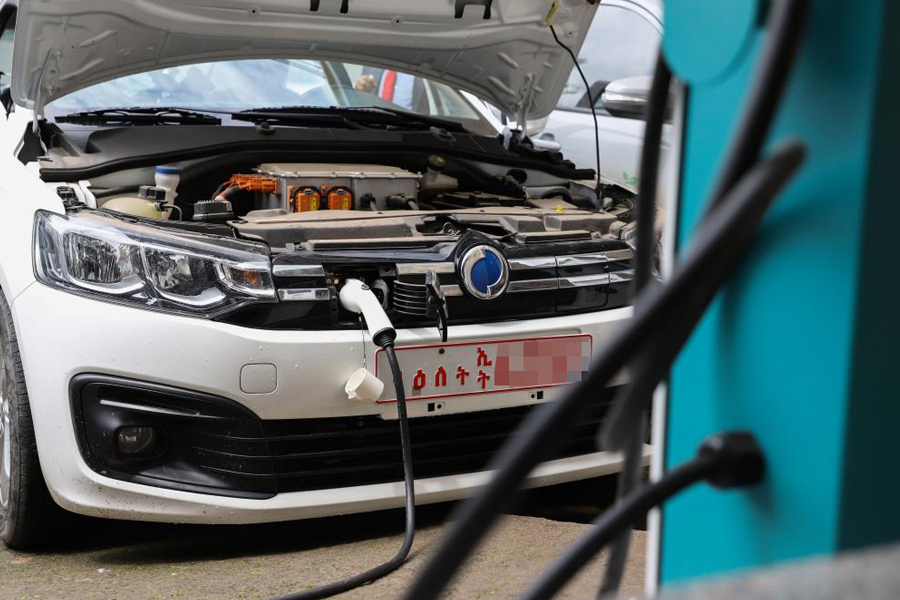
Jul 13 , 2024 . By AKSAH ITALO
Investors who rely on tractors, trucks, and field vehicles for commuting, transporting commodities, and f...
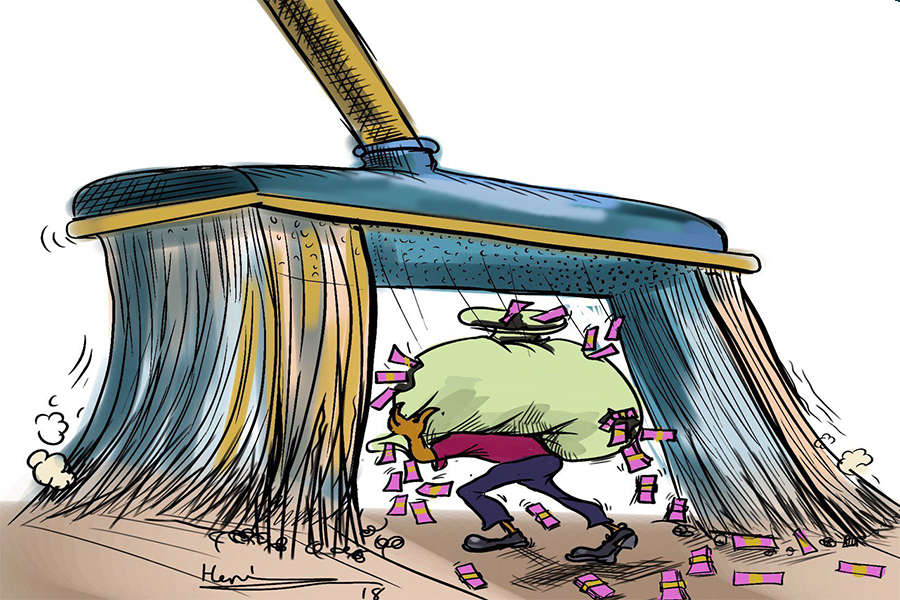
Oct 25 , 2025
The regulatory machinery is on overdrive. In only two years, no fewer than 35 new pro...
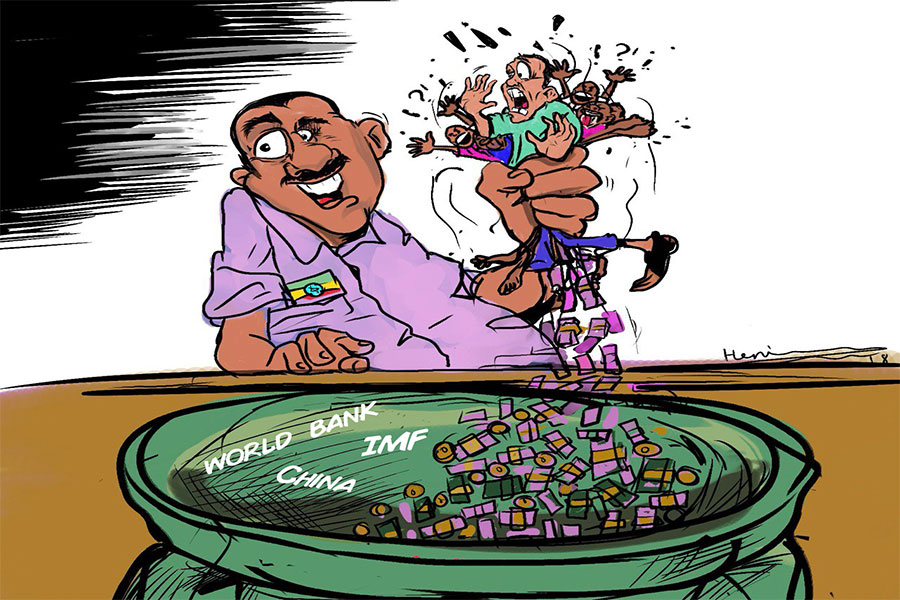
Oct 18 , 2025
The political establishment, notably the ruling party and its top brass, has become p...
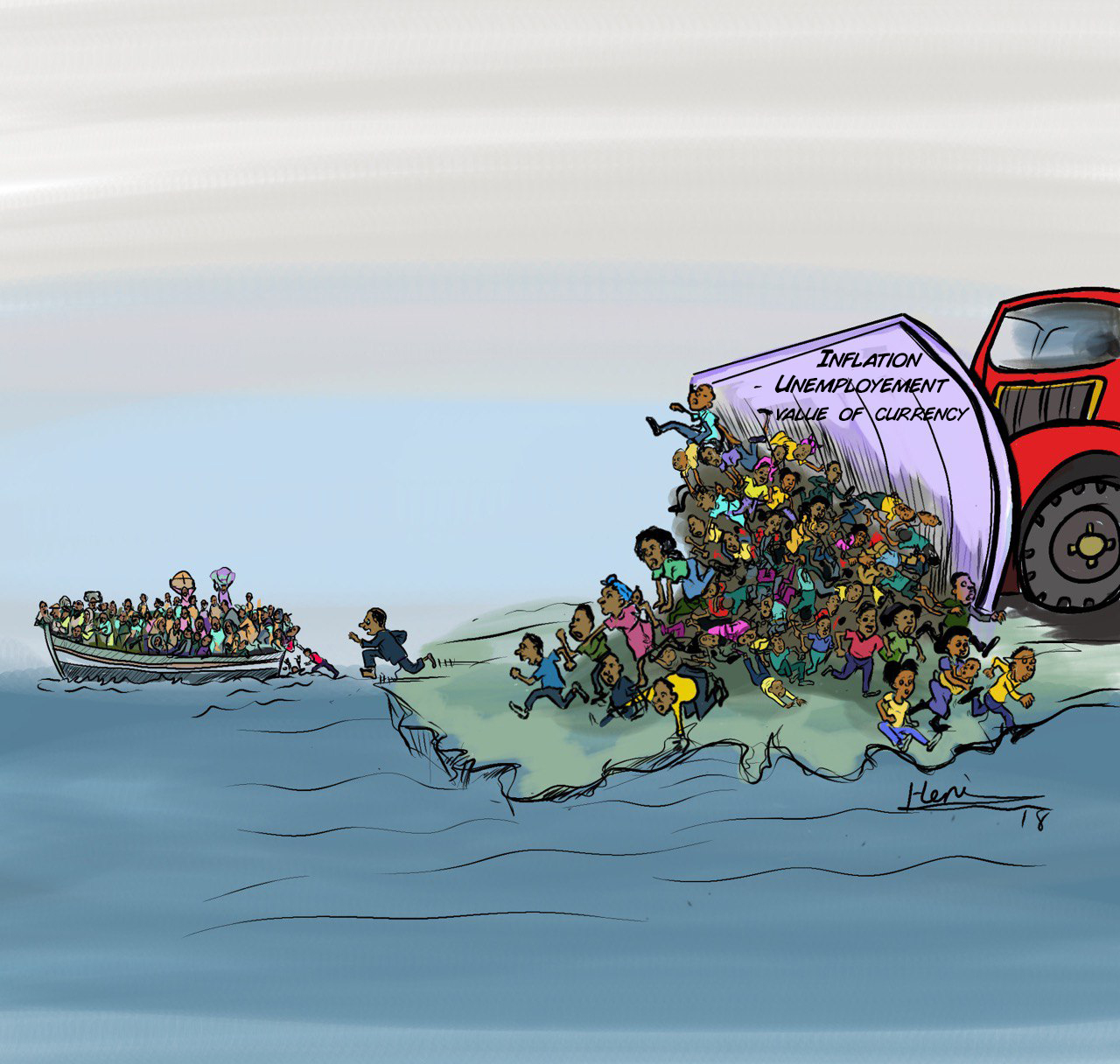
Oct 11 , 2025
Ladislas Farago, a roving Associated Press (AP) correspondent, arrived in Ethiopia in...
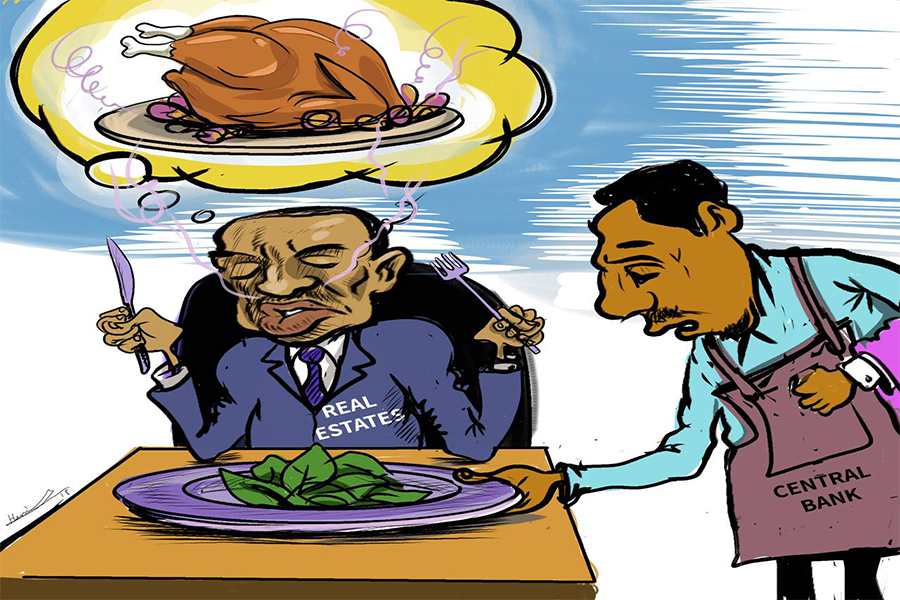
Oct 4 , 2025
Eyob Tekalegn (PhD) had been in the Governor's chair for only weeks when, on Septembe...